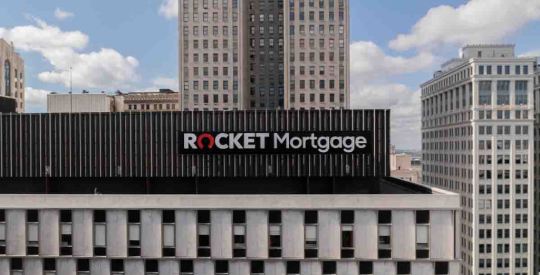The hot topic for questioning during Federal Reserve Chair Janet Yellen’s hearing before the House Financial Services Committee Wednesday morning on the conduct of monetary policy and the state of the economy centered around the feasibility of negative Fed rates.
Rep. Ed Royce, R-CA, said in a statement after the hearing, “After lengthy questioning by Rep. Royce, Chair Yellen concluded that negative interest rate policy is something that should be examined by the Federal Reserve.”
“In the spirit of prudent planning, in light of European experience, we will look at, we should look at. It isn’t just a question of legal authority, it’s also a question of could the plumbing of the payments system in the United States handle it? Is our institutional structure of our money markets compatible with it? We have not determined that,” said Yellen.
The Fed announced on Dec. 16 that it was officially raising the federal funds rate for the first time since June 2006.
At the time of the announcement, the Federal Open Market Committee said that it would gradually raise the federal funds rate to a range of 0.25% to 0.5%.
In follow-up to his question, Rep. Royce asked if a decrease in government spending could help avoid this outcome. “Do you agree that if we addressed the long-term structural problems with soaring mandatory spending, we would decrease the potential need for monetary policy actions that reversed course on interest rates?” asked Royce.
“I think it is certainly desirable and important for the long run stability and growth of this country to take the measures that you’ve suggested. Evaluating the stance of fiscal policy, it is something that affects our monetary policy options,” Yellen responded saying.
In a positive opening statement, Yellen began by saying, “Since my appearance before this committee last July, the economy has made further progress toward the Federal Reserve's objective of maximum employment. And while inflation is expected to remain low in the near term, in part because of the further declines in energy prices, the FOMC expects that inflation will rise to its 2% objective over the medium term.”
However, Yellen said, “Financial conditions in the United States have recently become less supportive of growth, with declines in broad measures of equity prices, higher borrowing rates for riskier borrowers, and a further appreciation of the dollar. These developments, if they prove persistent, could weigh on the outlook for economic activity and the labor market, although declines in longer-term interest rates and oil prices provide some offset.
Once again, Yellen emphasized, “It is important to note that even after this increase, the stance of monetary policy remains accommodative. The FOMC anticipates that economic conditions will evolve in a manner that will warrant only gradual increases in the federal funds rate.”
“Monetary policy is by no means on a preset course,” she said.
Yellen’s full testimony can be found here.
Shortly after the first rate hike, Fannie Mae said the industry should expect three more rate hikes in 2016, but a recent report from analysts at Deutsche Bank doesn’t agree.
“The market is pricing for both an imminent tightening pause and a much lower terminal rate than the Fed: there are no full hikes priced in 2016 and by late 2019, the market expects Funds to be barely above 1.5%,” the report said.
“We think the Fed is still very much tied to a model-driven outlook that it characterizes as data dependent. This gives it optionality around the normalization process without forcing it to concede that the models themselves may be broken.”





